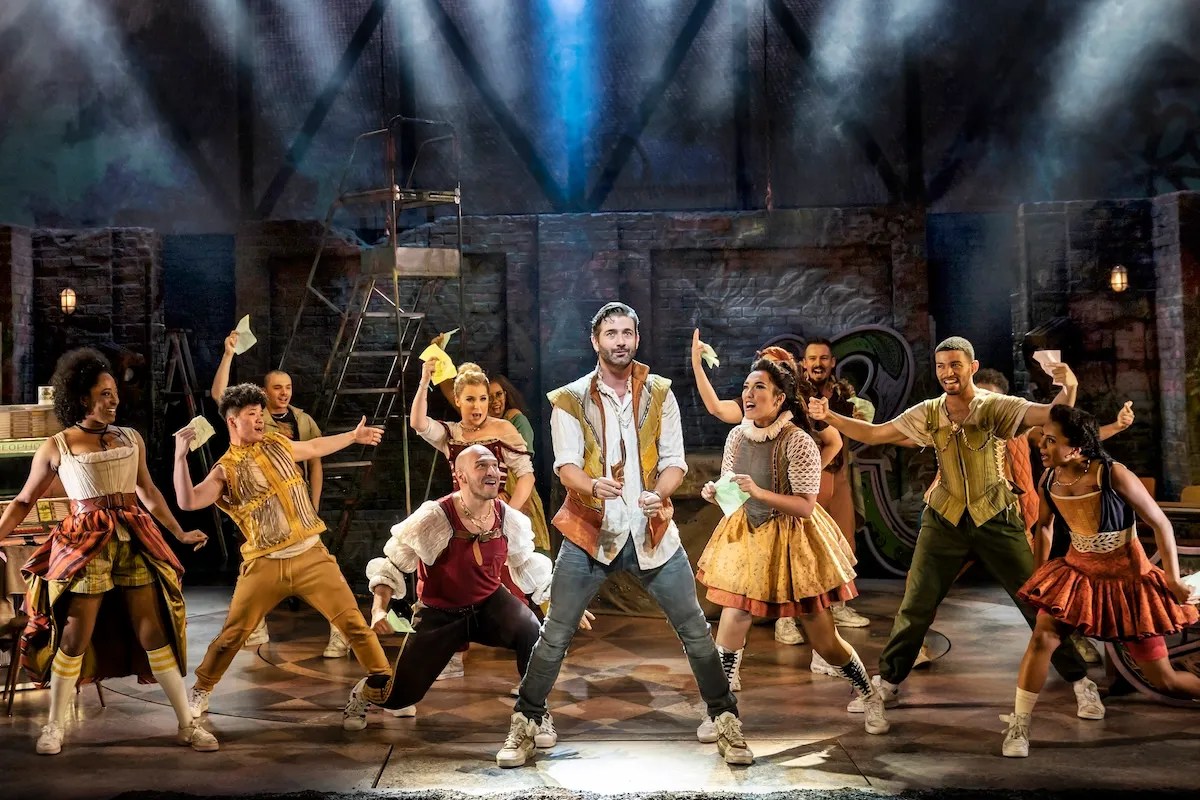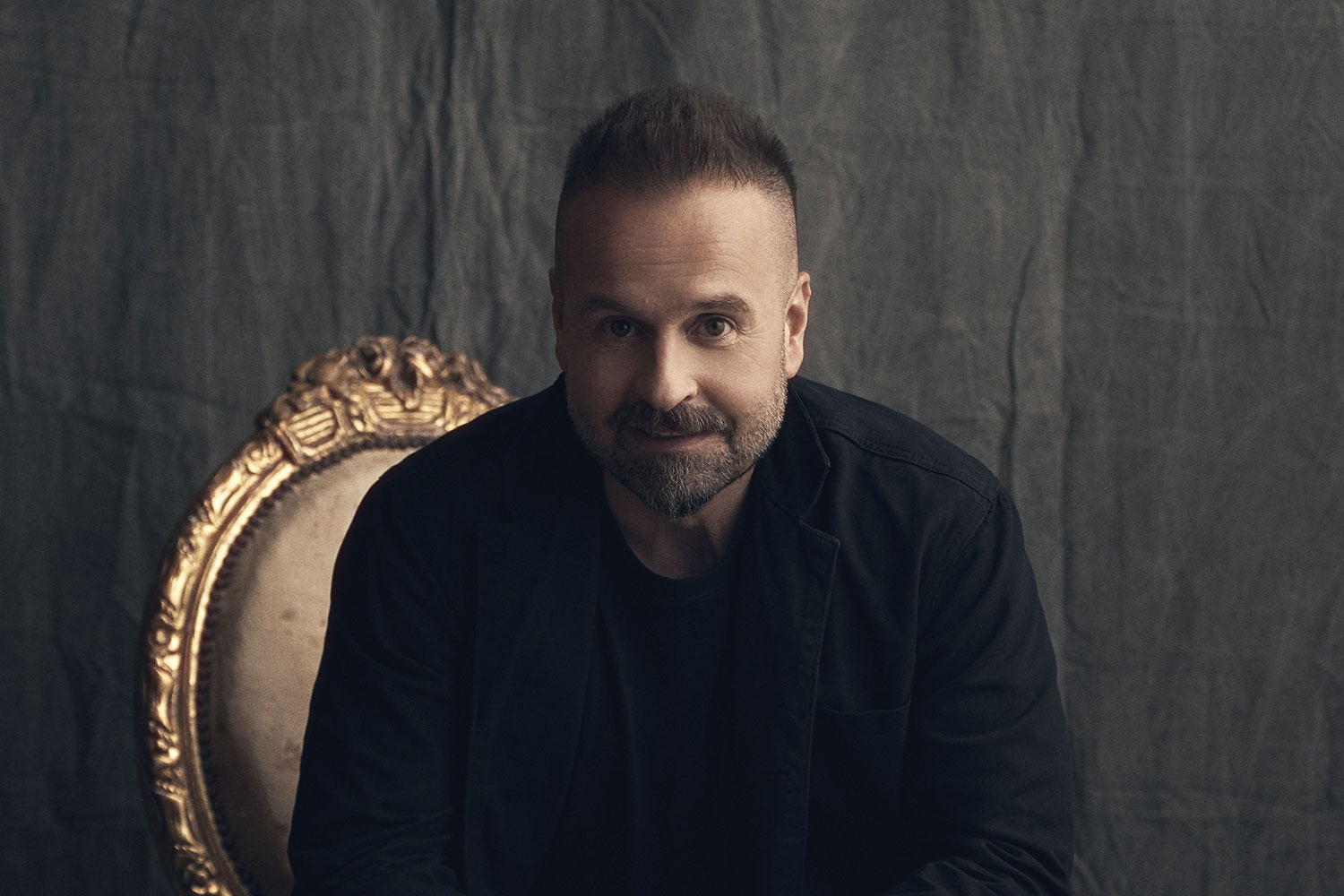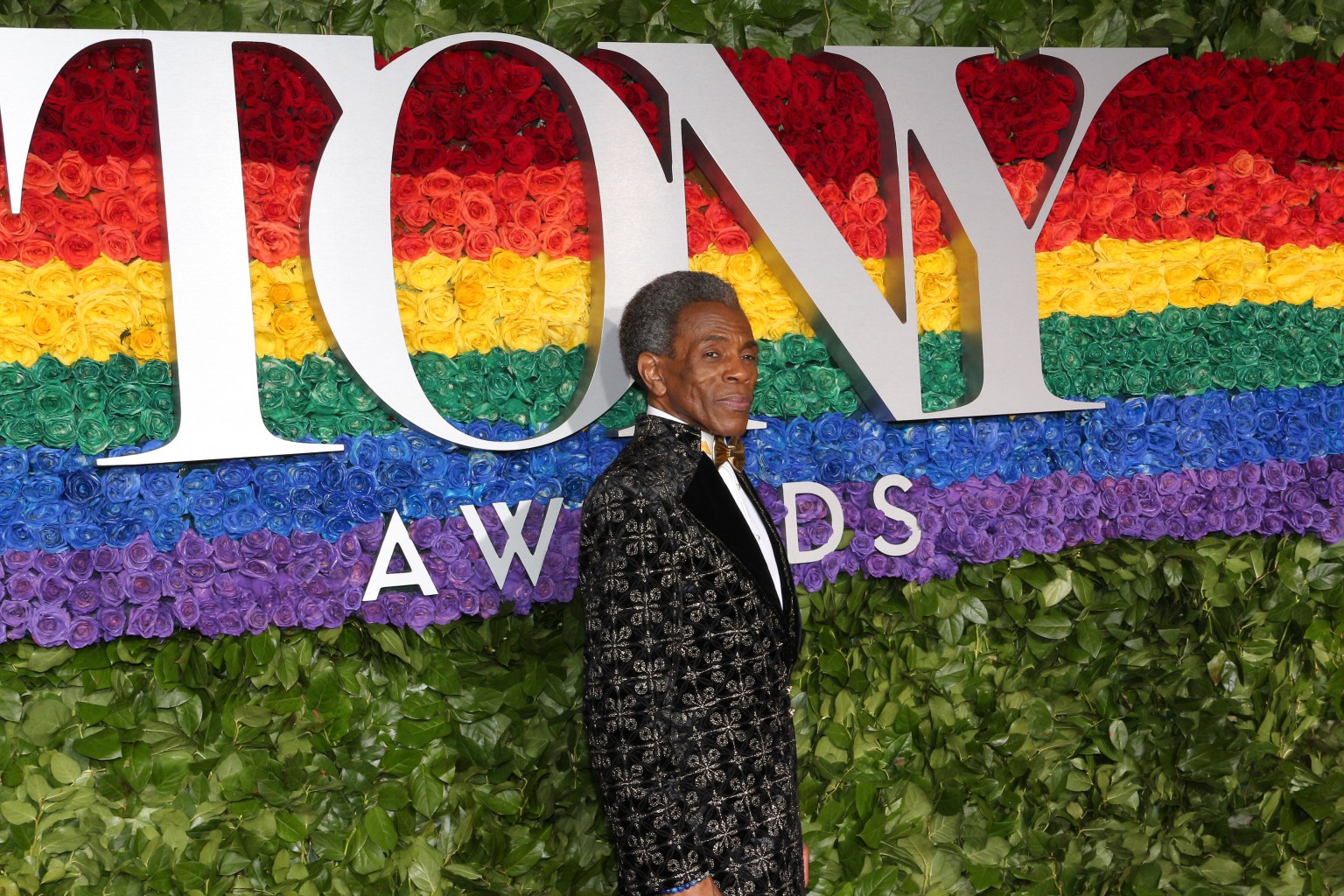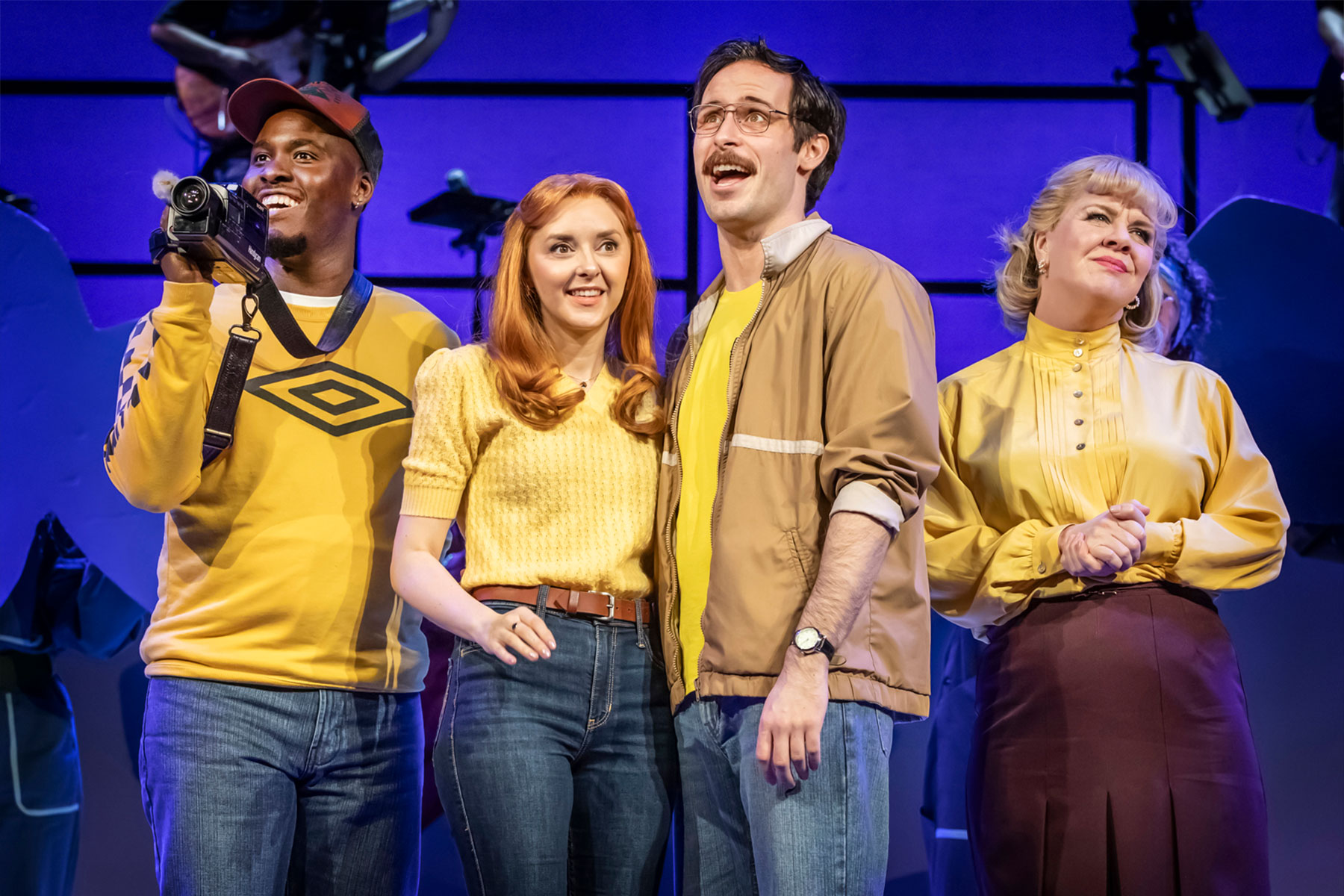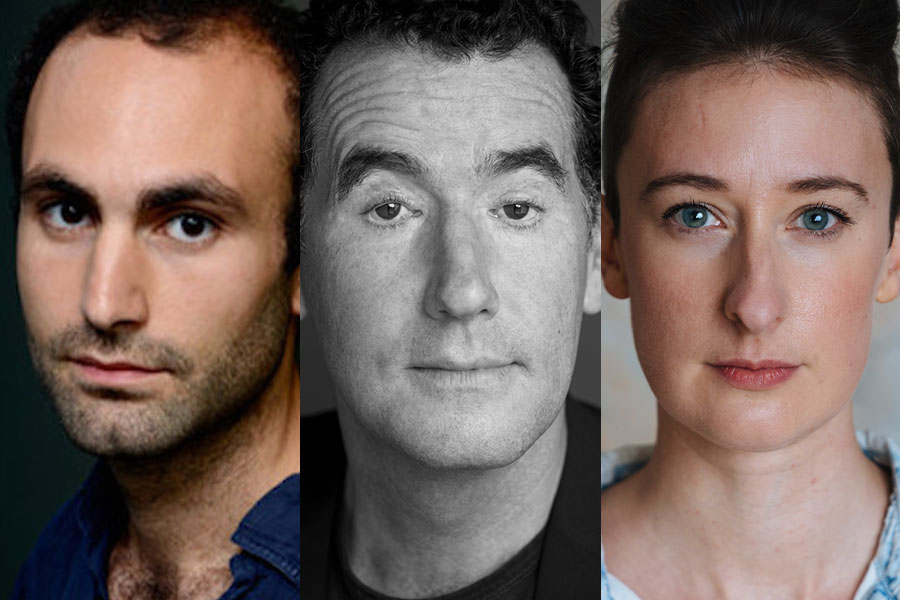Laurel and Hardy (Newbury)

Laurel and Hardy lifts the bowler hats on the pair as they come back from the dead to tell their stories and demonstrate their talents in an inevitably sketchy 90 minutes that tries to cover both biographies. It’s sometimes hard to discern the real Arthur Stanley Jefferson or Oliver Norvell Hardy beneath their stage personae as the clumsy childlike friend and the pompous Southern gentleman.
The show works, however, because of the undoubted talent of Paul Bigley as Laurel and Gavin Spokes as Hardy, more than ably supported onstage by pianist and musical director Richard Sisson. Spokes displays all Hardy’s trade-mark ticks – the shy smile, the tie fumbling and his exasperation with Laurel – and he has a singing voice that superbly harmonises with Bigley’s, completely in character.
Bigley captures the essence of Stan Laurel, from whimpering confusion and head scratching to his shuffling gait and soft voice. McGrath’s first-half story requires the pair to play an assortment of characters including the eight-year-old Hardy, his distraught mother, a Scottish impresario, Laurel’s theatre-owning father, some film directors and Laurel’s first wife before the duo are paired in a Hal Roach film.
This is a whistle-stop tour of their early lives that leaves perhaps too much of their formative experiences unexplored. We are told, tantalisingly, that Laurel arrived in the US on the same ship as Chaplin but not that he was Chaplin’s understudy in a travelling show for many years.
The second half reveals Hardy the gambler, yet unwilling to gamble on Laurel getting them out from under the control of the studio bosses, and Laurel as the brains behind the partnership, a workaholic director who suffers from a drink problem, had four wives and married one of them twice.
McGrath intersperses both acts with performed clips from the films at which Bigley and Spokes excel, including the famous ladder and wallpaper-hanging routines familiar to pantomime goers. They give a real sense of Laurel and Hardy working together to produce the comic genius seen on screen, especially in the dance routine from the film Way out West.
The backbone of the show is pianist Richard Sisson, no stranger to performance and the subtle art of accompaniment, whose sensitive timing lets the show just flow. Paul Foster’s direction is as nimble as his stars. Designer Laura McEwen’s set frames but does not get in the way of the action, and lighting designer Richard Howell captures the feel of black and white film to great effect.
Credit also goes to choreographer Drew McOnie, not only for getting the very best out of his actors in the dance sequences but also for working with Foster to ensure fluid movement across some clunky shifts in the writing. All in all, here’s another fine mess the Watermill has gotten us into.
– Judi Herman




